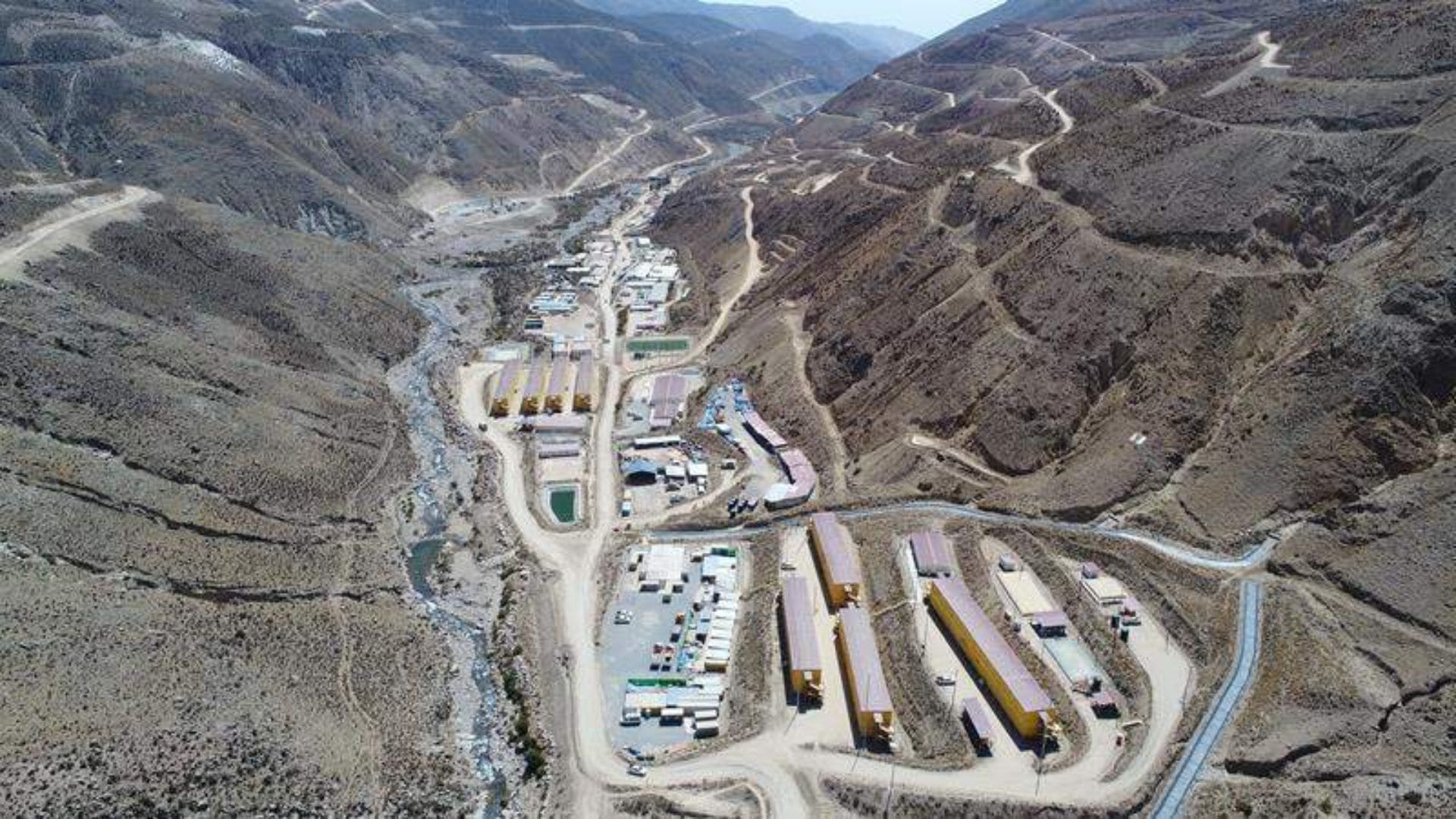Peru's Mining Industry Confronts Unprecedented Challenges Amidst COVID-19 Pandemic
- Peru | 18 July 2020

In 2019, Peru enjoyed relative stability in contrast to its South American counterparts, with a strong fiscal balance sheet and a stable currency paving the way for solid economic growth. However, the outbreak of COVID-19 in early 2020 dealt a severe blow to Peru’s mining industry, which accounts for a significant portion of the country’s exports and foreign investment. As the first country in Latin America to enforce a nationwide lockdown, Peru faced unique challenges in mitigating the impact of the pandemic on its mining operations. This article explores the transformative effect of the pandemic on Peru’s mining industry and examines the response of companies and stakeholders within the sector.
The spread of COVID-19 disrupted the global supply chain, leading to a decline in demand for copper and other minerals. Peru’s mining industry faced challenges as shipping companies struggled to deliver goods, and stringent work-from-home orders in China weakened demand. Several mining projects, such as Anglo American’s Quellaveco and MMG Ltd’s Las Bambas, experienced suspensions or delays in non-critical operations. Additionally, positive COVID-19 cases were reported among workers at various mining sites, further exacerbating the situation.
Peru’s government, faced with the necessity of safeguarding public health, imposed strict lockdown measures, effectively shutting down the economy. The country’s fiscal strength, accumulated over the past decade, allowed the government to tap into savings and bond markets to support the population during the crisis. Peru’s President Vizcarra quickly implemented a four-stage reactivation plan to gradually reopen the economy, with mining operations resuming in May and further stages planned in the coming months.
Mining companies had to quickly adapt to the new reality by implementing safety protocols and adjusting work schedules to minimize the risk of COVID-19 transmission. Extended shifts, social distancing measures, and enhanced monitoring of employee behavior became necessary to ensure the health and safety of workers. Canadian startup Minetell and software company Micromine offered solutions to monitor and manage COVID-19 risk exposure in mining operations.
Even before the pandemic, Peru’s mining industry faced obstacles in attracting exploration investments due to increased permitting times and regulations. The COVID-19 outbreak further compounded these challenges, as drill permits were delayed, and meetings with regulatory bodies were put on hold. Industry stakeholders emphasized the need for expedited bureaucratic processes to stimulate exploration activities and maintain a healthy project pipeline.
Despite the short-term impact of the pandemic, Peru’s mining industry is gradually recovering, and production levels are expected to reach around 80% of normal levels in the near future. Mining companies are investing in training and technology to enhance operations and compensate for lost production. The crisis has highlighted the importance of having robust projects, experienced management teams, and access to capital for junior mining companies.
Peru’s mining industry faced unparalleled challenges in 2020 due to the COVID-19 pandemic. The country’s swift response and fiscal resilience helped mitigate the economic impact and allowed for a gradual reopening of mining operations. The crisis prompted industry stakeholders to reevaluate safety protocols, accelerate technological advancements, and advocate for streamlined bureaucratic processes. As the sector recovers, Peru’s mining industry is poised to rebound and contribute to the country’s economic revival.








